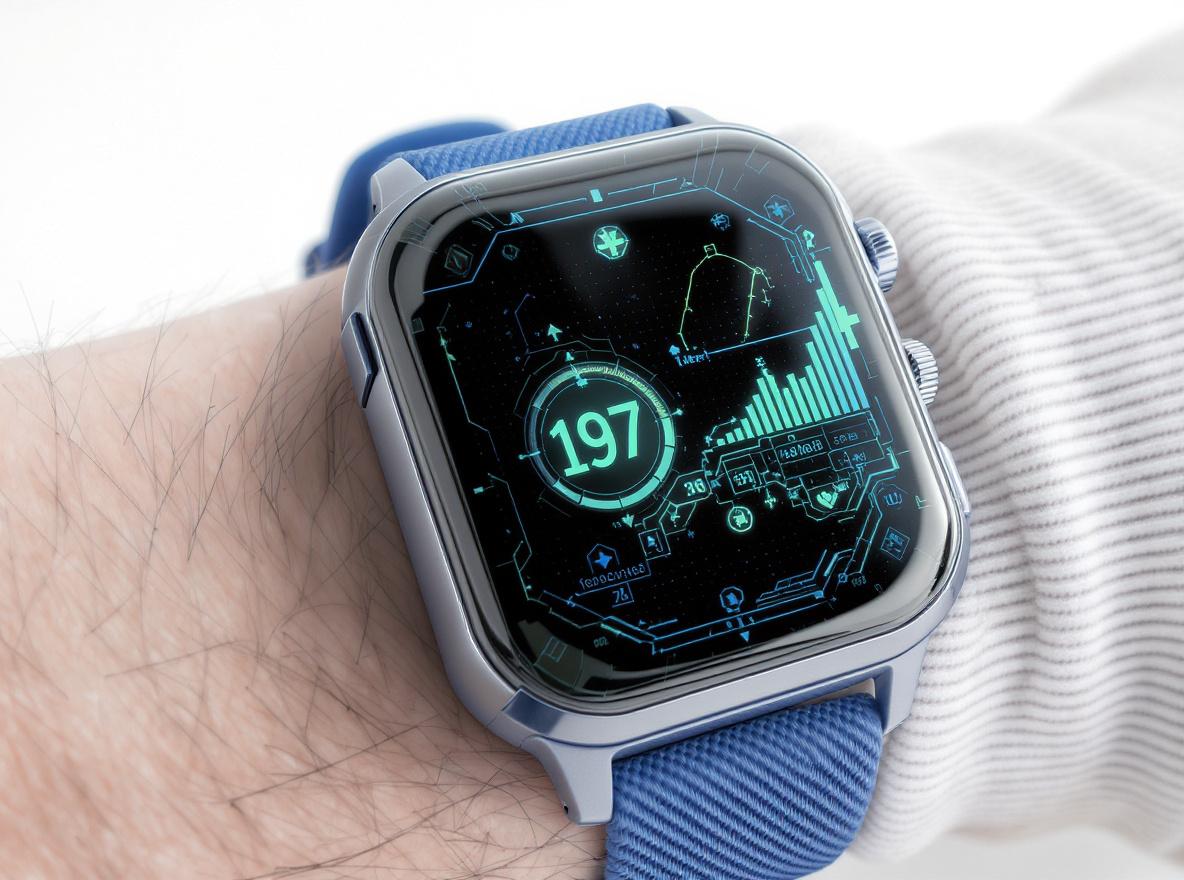Spotting throat cancer early can be a game-changer, drastically affecting treatment success and survival rates. Recognizing the symptoms and understanding the risk factors empowers individuals to seek medical advice sooner. Learn why early detection is important and how it significantly benefits patient outcomes.

Understanding Throat Cancer and Its Risk Factors
Throat cancer refers to malignancies that develop in the throat (pharynx), voice box (larynx), or tonsils. Risk factors include excessive tobacco and alcohol use, exposure to the human papillomavirus (HPV), and inadequate nutrition. Recognizing these risks is essential for catching throat cancer in its nascent stages when treatment is more likely to be successful.
The Centers for Disease Control and Prevention (CDC) highlight that tobacco use is the most significant risk factor for throat cancer. HPV is also emerging as a key player, especially in cancers of the oropharynx, which includes parts of the throat like the base of the tongue and tonsils.
What Early Detection Means for Patient Outcomes
Early detection of throat cancer significantly enhances the effectiveness of treatment and patient survival. When diagnosed early, the cancer is often more localized, requiring less invasive treatments with fewer side effects. This can translate to a higher quality of life and prolonged survival.
A study documented by Fountain Life shows that early-stage cancer detection increases the five-year survival rate dramatically. For instance, localized throat cancer typically has a five-year survival rate of over 80%, compared to a much lower rate for advanced stage cancers.
Diagnostic Tools and Screening Options
Advancements in medical technology offer various tools for early detection of throat cancer. Regular screenings and prompt consultations for symptoms like a persistent sore throat, voice changes, or unexplained weight loss can lead to earlier diagnosis.
Technologies such as imaging tests, physical examinations, endoscopies, and biopsies are frequently used for diagnosis. The role of Artificial Intelligence (AI) is also becoming prominent in refining cancer diagnostics and treatment planning. AI applications are enhancing the precision of detecting cancers, which results in better treatment strategies and improved outcomes.
Societal and Economic Advantages of Early Diagnosis
Early detection not only benefits patients but also society at large. When cancer is identified and treated early, the costs associated with treatment are often lower, reducing the burden on healthcare systems. This means fewer resources are expended on extensive treatments, and hospital stays are shorter.
Moreover, patients diagnosed early are likely to return to their daily lives sooner, which minimizes the economic impact caused by lost productivity. Efficient early detection strategies contribute to more sustainable healthcare by optimizing resource allocation and improving overall public health.
Empowering Prevention: Lifestyle, Awareness, and Regular Check-Ups
Preventing throat cancer hinges on informed choices and consistent preventive measures. Abstaining from tobacco and limiting alcohol intake are proactive steps individuals can take to lower their risk. Adopting a healthy diet rich in fruits and vegetables, along with regular physical activity, can further bolster resistance against cancer.
Regular check-ups and awareness of throat cancer symptoms are crucial for early detection. People at higher risk, such as smokers or those with HPV infection, should engage in discussions with their healthcare providers about regular screenings. Promoting awareness can encourage more individuals to seek examinations before symptoms progress.
Pricing and Accessibility of Diagnostic Tools
To emphasize the importance of early screening, here's a glance at common diagnostic tools and their general costs across various locations. These screenings are essential steps in the early detection process.
| Diagnostic Test | Average Cost | Location |
|---|---|---|
| Endoscopy | $1,500 | New York, NY |
| Biopsy | $1,000 | Los Angeles, CA |
| CT Scan | $3,000 | Chicago, IL |
| PET Scan | $4,500 | Houston, TX |
| HPV Testing | $150 | Miami, FL |
Conclusion
The impact of early detection in throat cancer extends beyond medical benefits; it has economic, societal, and individual advantages. By empowering individuals with knowledge about risk factors, recognizing symptoms early, and utilizing modern diagnostics tools, we can improve patient outcomes and optimize healthcare resources. Awareness and proactive measures are vital in the fight against throat cancer, making early detection a critical component in effective cancer care strategies.




